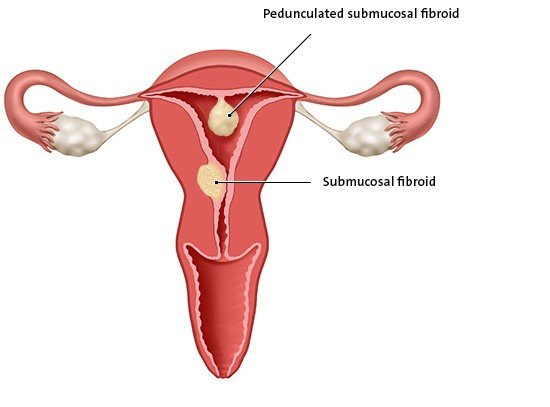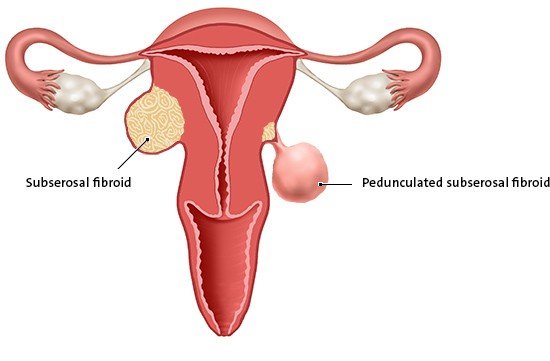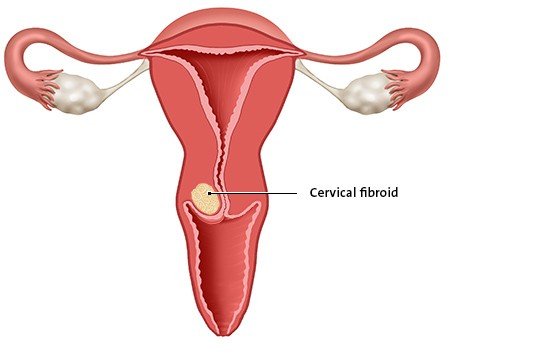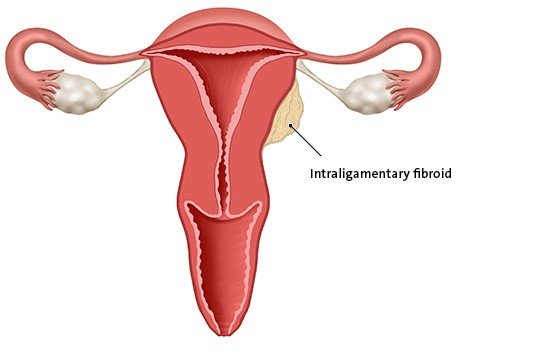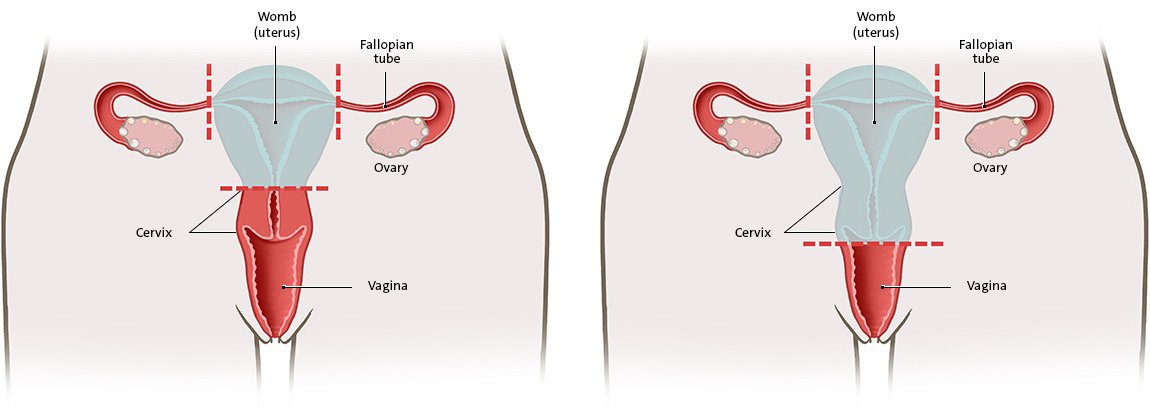Aarts JW, Nieboer TE, Johnson N et al. Surgical approach to hysterectomy for benign gynaecological disease. Cochrane Database Syst Rev 2015; (8): CD003677.
Bosteels J, van Wessel S, Weyers S et al. Hysteroscopy for treating subfertility associated with suspected major uterine cavity abnormalities. Cochrane Database Syst Rev 2018; (12): CD009461.
Chen R, Su Z, Yang L et al. The effects and costs of laparoscopic versus abdominal myomectomy in patients with uterine fibroids: a systematic review and meta-analysis. BMC Surg 2020; 20(1): 55.
Gupta JK, Sinha A, Lumsden MA et al. Uterine artery embolization for symptomatic uterine fibroids. Cochrane Database Syst Rev 2014; (12): CD005073.
Hartmann KE, Fonnesbeck C, Surawicz T et al. Management of Uterine Fibroids. (AHRQ Comparative Effectiveness Reviews; No. 195). 2017.
Institute for Quality and Efficiency in Health Care (IQWiG, Germany). Myomectomy versus no treatment. Evidence search for the S3 guideline on diagnosis and treatment of benign diseases of the uterus; Commission V21-08B. 2023.
Institute for Quality and Efficiency in Health Care (IQWiG, Germany). UAE and MRgFUS versus myoma enucleation. Evidence search for the S3 guideline on diagnosis and treatment of benign diseases of the uterus; Commission V21-08D. 2023.
Institute for Quality and Efficiency in Health Care (IQWiG, Germany). Access routes of hysterectomy. Evidence search for the S3 guideline on diagnosis and treatment of benign diseases of the uterus; Commission V21-08A. 2023.
Lethaby A, Mukhopadhyay A, Naik R. Total versus subtotal hysterectomy for benign gynaecological conditions. Cochrane Database Syst Rev 2012; (4): CD004993.
Madueke-Laveaux OS, Elsharoud A, Al-Hendy A. What We Know about the Long-Term Risks of Hysterectomy for Benign Indication-A Systematic Review. J Clin Med 2021; 10(22): 5335.
Metwally M, Raybould G, Cheong YC et al. Surgical treatment of fibroids for subfertility. Cochrane Database Syst Rev 2020; (1): CD003857.
Pickett CM, Seeratan DD, Mol BWJ et al. Surgical approach to hysterectomy for benign gynaecological disease. Cochrane Database Syst Rev 2023; (8): CD003677.
Pundir J, Walawalkar R, Seshadri S et al. Perioperative morbidity associated with abdominal myomectomy compared with total abdominal hysterectomy for uterine fibroids. J Obstet Gynaecol 2013; 33(7): 655-662.
Yi YX, Zhang W, Guo WR et al. Meta-analysis: the comparison of clinical results between vaginal and laparoscopic myomectomy. Arch Gynecol Obstet 2011; 283(6): 1275-1289.
IQWiG health information is written with the aim of helping people understand the advantages and disadvantages of the main treatment options and health care services.
Because IQWiG is a German institute, some of the information provided here is specific to the German health care system. The suitability of any of the described options in an individual case can be determined by talking to a doctor. informedhealth.org can provide support for talks with doctors and other medical professionals, but cannot replace them. We do not offer individual consultations.
Our information is based on the results of good-quality studies. It is written by a team of health care professionals, scientists and editors, and reviewed by external experts. You can find a detailed description of how our health information is produced and updated in our methods.

